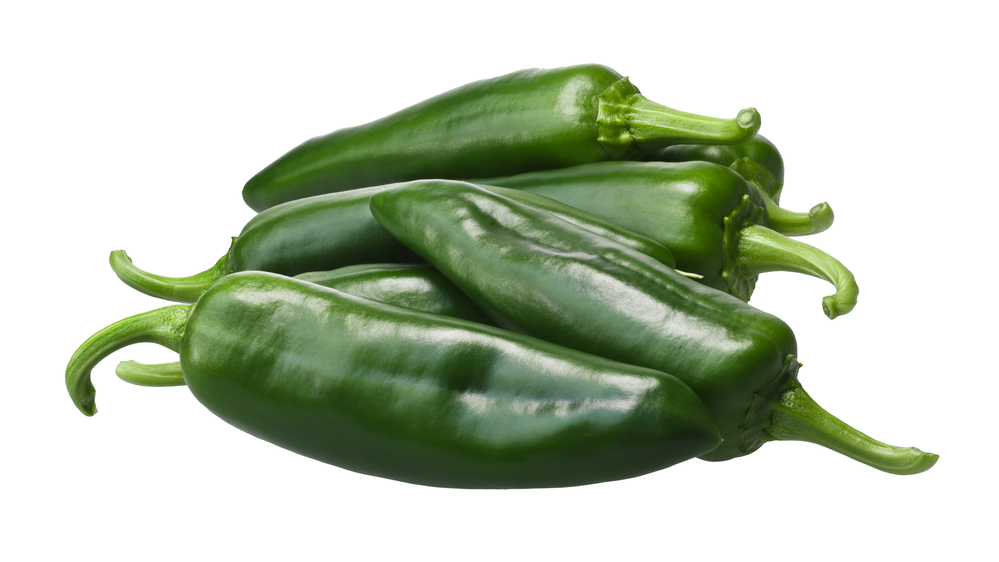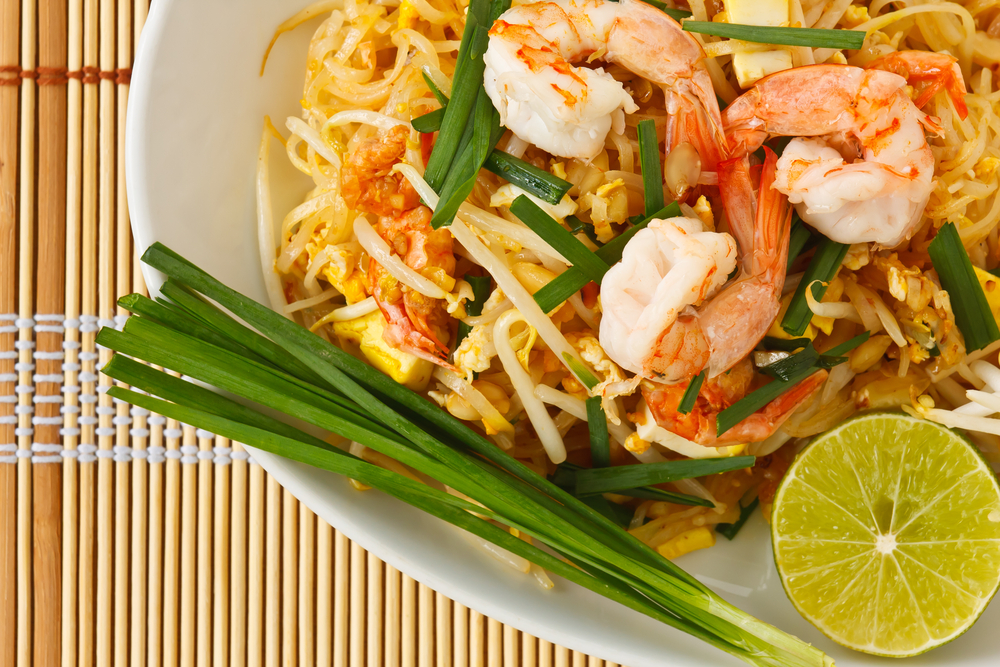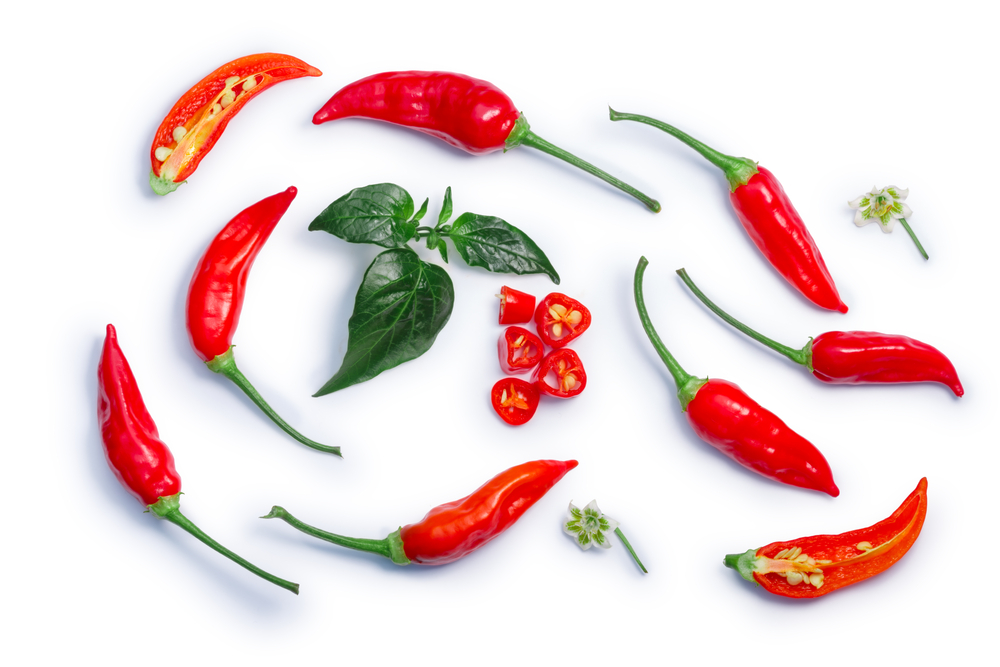As a lover of Thai cuisine, I know that the heat and flavor of Thai chili peppers are integral to many Thai dishes.
However, sometimes it can be challenging to find Thai chili peppers at the grocery store or to handle their intense heat. That’s where Thai chili substitutes come in.
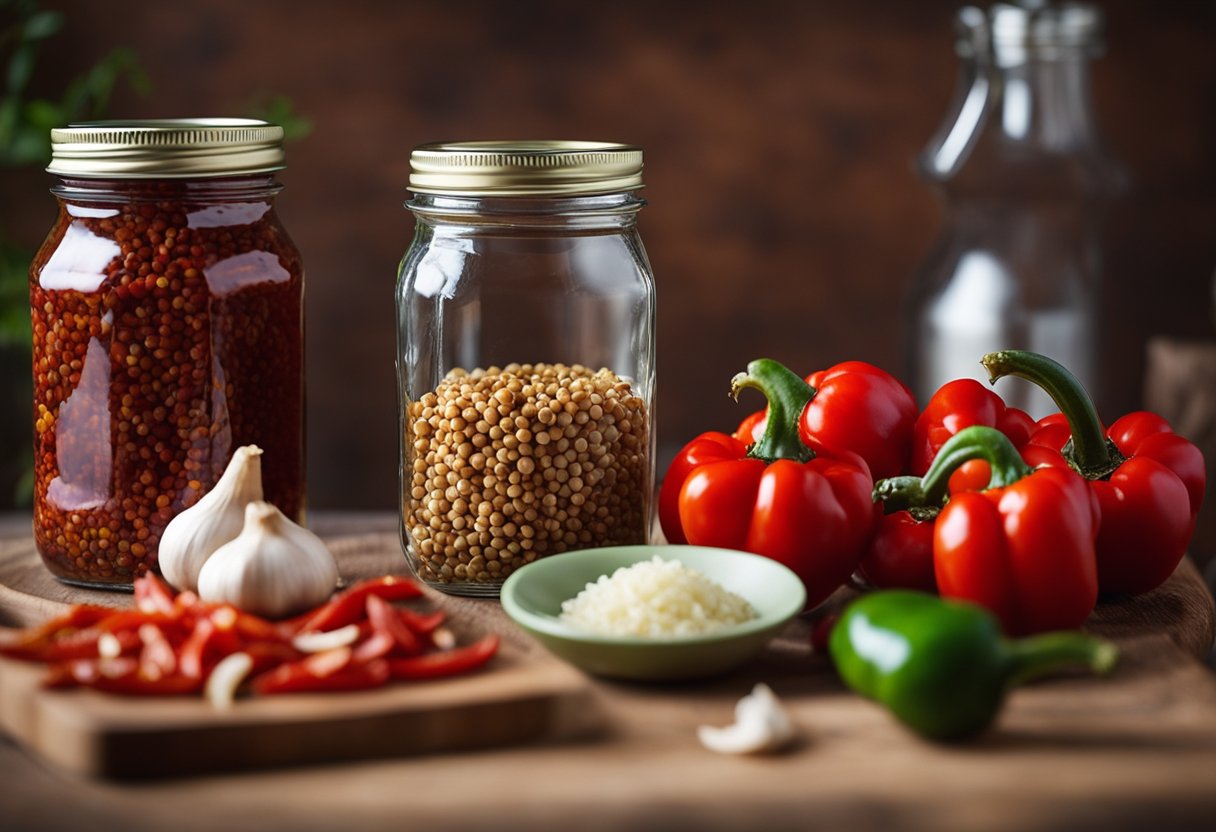
In this article, I will explore the world of Thai chili substitutes and provide you with some great alternatives to use in your favorite Thai dishes.
I’ll cover common substitutes, how to assess heat and flavor, and additional considerations when substituting Thai chili peppers.
Whether you’re looking for a milder heat or just can’t find Thai chili peppers, I’ve got you covered.
Key Takeaways
- Thai chili peppers are an essential ingredient in many Thai dishes, but substitutes can be used when they are unavailable or too spicy.
- When selecting a substitute, it’s important to consider both heat and flavor to ensure it complements the other ingredients in the dish.
- There are many great substitutes for Thai chili peppers, including chili garlic sauce, cayenne pepper, and bird’s eye chilies.
Understanding Thai Chili Peppers
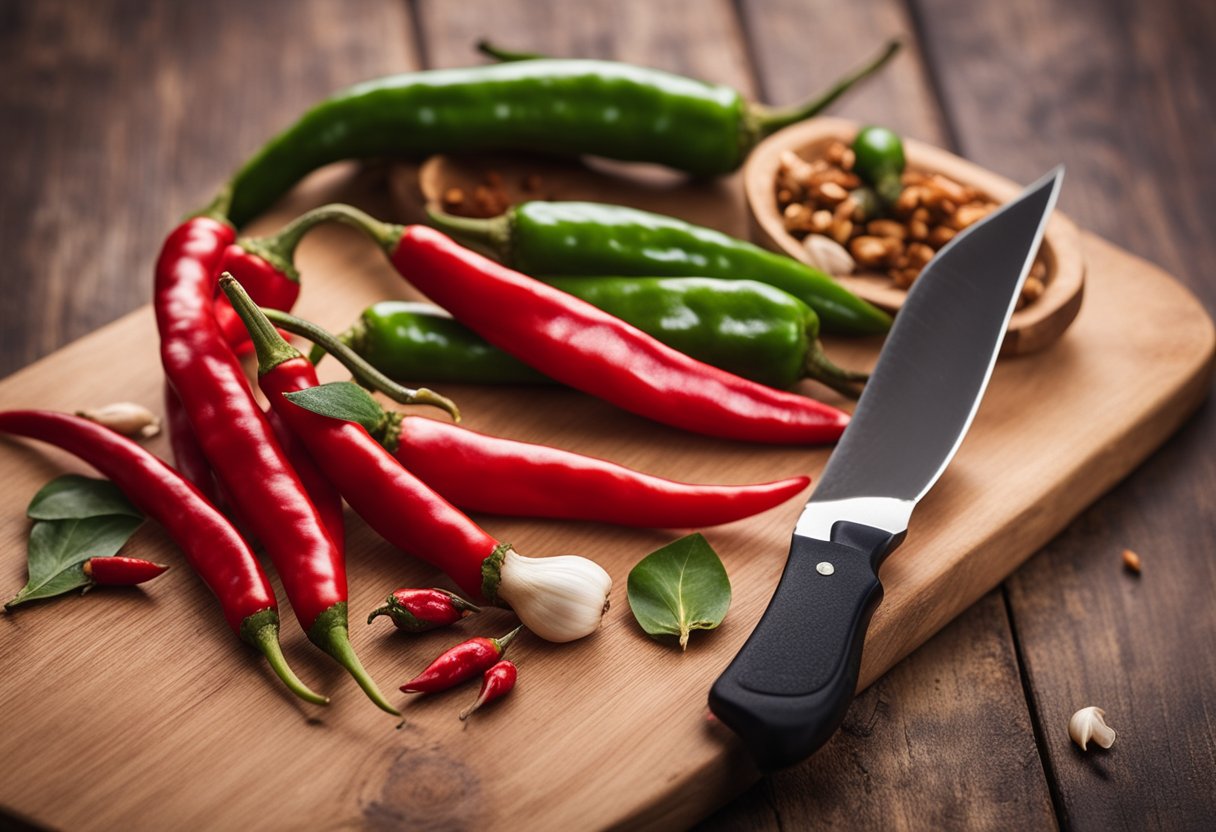
As someone who loves Thai cuisine, I have come to appreciate the unique flavor and heat that Thai chili peppers bring to dishes.
Thai chili peppers are small, slender peppers that are typically about an inch long and come in a variety of colors, including red, green, and yellow.
One of the defining characteristics of Thai chili peppers is their heat. These peppers are known for being quite spicy, and their heat can range from mild to extremely hot.
The heat of a Thai chili pepper is measured in SHU (Scoville Heat Units), which is a measure of how much capsaicin is present in the pepper. The higher the SHU, the hotter the pepper.
Thai chili peppers typically have a SHU rating of between 50,000 and 100,000, which puts them in the same range as cayenne peppers.
However, it’s worth noting that the heat of a Thai chili pepper can vary depending on a number of factors, including the growing conditions and the ripeness of the pepper.
In addition to their heat, Thai chili peppers also have a unique flavor that is an important component of many Thai dishes.
The flavor of a Thai chili pepper is slightly sweet and fruity, with a hint of smokiness. This flavor is what makes Thai chili peppers such an important ingredient in Thai cooking.
When it comes to using Thai chili peppers in cooking, it’s important to remember that a little goes a long way.
These peppers are quite potent, so it’s best to start with a small amount and add more as needed.
If you’re not used to cooking with Thai chili peppers, you may want to wear gloves when handling them to avoid getting the oils on your skin.
Overall, Thai chili peppers are a key ingredient in many Thai dishes, and their unique flavor and heat make them a favorite among fans of Thai cuisine.
Whether you’re a fan of spicy food or just looking to add some new flavors to your cooking, Thai chili peppers are definitely worth trying out.
Why Substitute Thai Chili Peppers
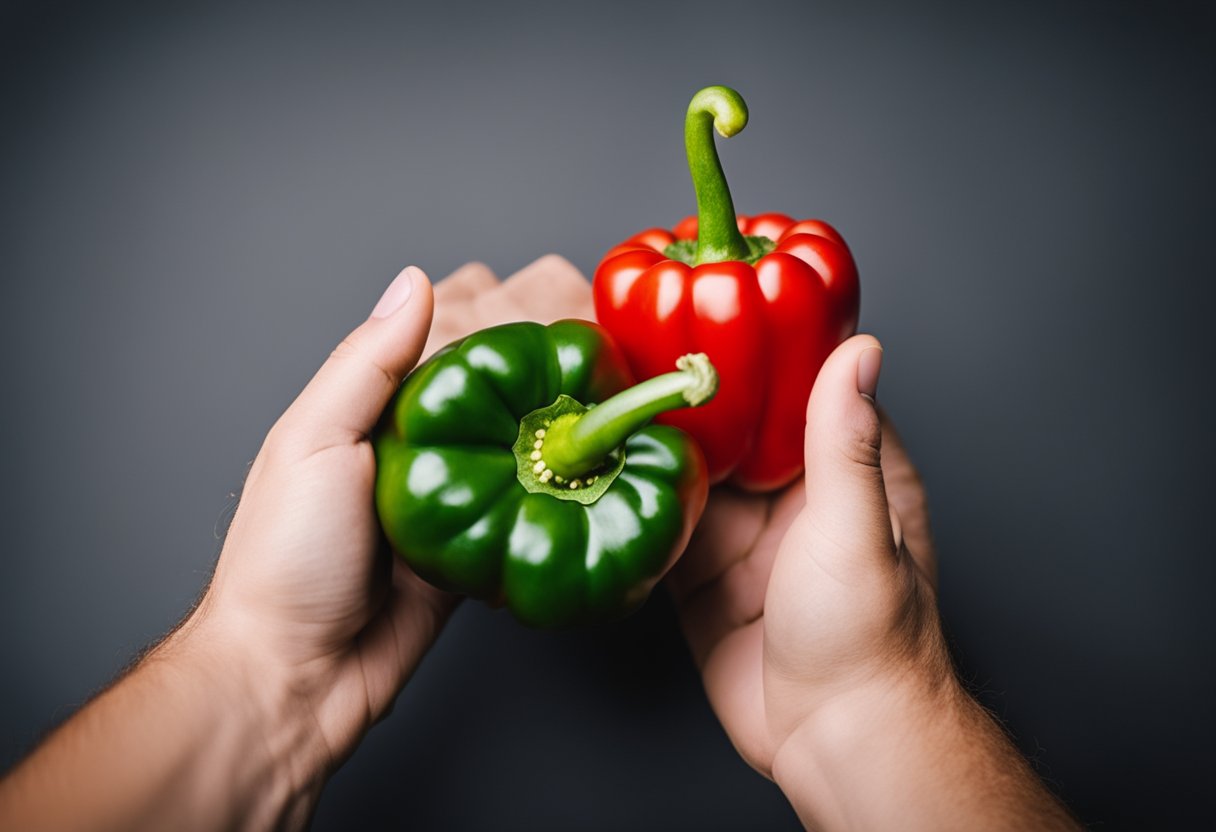
As a Thai chili pepper lover, it can be frustrating when you can’t find them in your local grocery store. That’s where substitutes come in. There are several reasons why you might want to substitute Thai chili peppers:
- Availability: Thai chili peppers may not be available in your area, or they may be out of season.
- Preference: Some people simply don’t like the taste or heat level of Thai chili peppers.
- Authenticity: If you’re cooking a Thai dish and can’t find Thai chili peppers, you may want to use a substitute to maintain the authenticity of the dish.
- Personal preference: You may prefer the taste or heat level of a substitute over Thai chili peppers.
Fortunately, there are several substitutes that can be used in place of Thai chili peppers. Some of the most popular options include crushed red pepper flakes, dried Thai peppers, Bird’s eye chilies, malagueta peppers, and habanero peppers.
Each of these substitutes has its own unique flavor and heat level, so it’s important to choose one that works best for your recipe and personal preference.
When using a substitute, it’s important to keep in mind that it may not be 100% authentic to the original recipe.
However, with the right substitute and a little experimentation, you can still create a delicious and flavorful dish that will satisfy your cravings for Thai cuisine.
Assessing Heat and Flavor

When looking for a substitute for Thai chili, it’s important to consider both the heat and flavor of the chili you’re using.
Thai chilies are known for their spicy kick, but they also have a unique grassy, peppery flavor that can be difficult to replicate.
One way to assess the heat of a chili is to use the Scoville scale, which measures the amount of capsaicin in a pepper.
Capsaicin is the compound responsible for the heat in peppers. Thai chilies typically range from 50,000 to 100,000 Scoville Heat Units (SHU), which is considered quite hot.
If you’re looking for a milder substitute, consider using serrano peppers, which typically range from 10,000 to 23,000 SHU.
While they aren’t as hot as Thai chilies, they still pack a punch and have a similar flavor profile.
Another option is to use cayenne pepper, which ranges from 30,000 to 50,000 SHU. While it doesn’t have the same grassy flavor as Thai chilies, it is a good substitute for adding heat to a dish.
When it comes to flavor, there are a few substitutes that come close to replicating the taste of Thai chilies.
One option is to use chili garlic sauce, which is made from red chilies, garlic, and salt. This sauce has a similar flavor profile to Thai chilies and can be used in a variety of dishes.
Another option is to use African bird’s eye chilies, also known as peri-peri peppers. These small, hot peppers have a spicy, smoky, slightly sweet flavor that is similar to Thai chilies.
Overall, when looking for a substitute for Thai chilies, it’s important to consider both the heat and flavor of the chili you’re using.
By using the Scoville scale and trying out different substitutes, you can find a chili that works well for your dish.
Common Substitutes for Thai Chili

When it comes to substituting Thai chili, there are many options available. Here are some of the most common substitutes with their heat levels and flavor profiles.
Cayenne Pepper
Cayenne pepper is a great substitute for Thai chili. It has a similar heat level and flavor profile, making it an easy swap in most recipes.
Cayenne pepper is also readily available in most grocery stores, making it a convenient option.
Serrano Pepper
Serrano pepper is another good substitute for Thai chili. It has a slightly milder heat level than Thai chili, but it still provides a good amount of spice.
Serrano pepper also has a bright, fresh flavor that can add depth to dishes.
Jalapeno Pepper
Jalapeno pepper is a popular substitute for Thai chili. It has a milder heat level than Thai chili, but it still provides a nice kick. Jalapeno pepper also has a slightly sweet flavor that can complement many dishes.
Habanero Pepper
Habanero pepper is a hotter substitute for Thai chili. It has a similar heat level to Thai chili, but it has a different flavor profile. Habanero pepper has a fruity, almost tropical flavor that can add complexity to recipes.
Crushed Red Pepper
Crushed red pepper is a good substitute for Thai chili flakes. It has a similar heat level and flavor profile, but it is a bit more mild than Thai chili flakes.
Crushed red pepper is also a common ingredient in many kitchens, making it an easy substitute.
Bell Pepper
Bell pepper is a milder substitute for Thai chili. It has no heat, but it can add a nice crunch and flavor to dishes. Bell pepper comes in a variety of colors, which can add visual appeal to recipes.
Finger Hot Indian Peppers (Jwala)
Finger hot Indian peppers, also known as Jwala, are a good substitute for Thai chili. They have a similar heat level and flavor profile, but they are a bit harder to find. Finger hot Indian peppers are commonly used in Indian cuisine.
Anaheim
Anaheim peppers are a milder substitute for Thai chili. They have no heat, but they have a slightly sweet flavor that can add depth to dishes. Anaheim peppers are a common ingredient in Mexican cuisine.
Fresno Pepper
Fresno pepper is a good substitute for Thai chili. It has a similar heat level and flavor profile, but it is a bit more mild than Thai chili. Fresno pepper also has a slightly sweet flavor that can complement many dishes.
Peri-Peri
Peri-peri is a hotter substitute for Thai chili. It has a similar heat level to Thai chili, but it has a different flavor profile. Peri-peri has a citrusy, almost vinegary flavor that can add complexity to recipes.
Tabasco Peppers
Tabasco peppers are a good substitute for Thai chili. They have a similar heat level and flavor profile, but they are a bit more mild than Thai chili. Tabasco peppers are commonly used in hot sauce.
Chile De Arbol
Chile de arbol is a hotter substitute for Thai chili. It has a similar heat level to Thai chili, but it has a different flavor profile. Chile de arbol has a smoky, almost nutty flavor that can add depth to recipes.
Siling Labuyo
Siling labuyo is a hotter substitute for Thai chili. It has a similar heat level to Thai chili, but it has a different flavor profile. Siling labuyo has a slightly fruity, almost floral flavor that can add complexity to dishes.
Black Pepper
Black pepper is a milder substitute for Thai chili. It has no heat, but it can add a nice flavor to dishes. Black pepper is a common ingredient in many kitchens.
Paprika
Paprika is a milder substitute for Thai chili. It has no heat, but it can add a nice color and flavor to dishes. Paprika comes in a variety of colors, which can add visual appeal to recipes.
In conclusion, there are many substitutes for Thai chili available, each with its own unique flavor profile and heat level.
When substituting, it is important to consider the specific recipe and choose a substitute that will complement the other flavors in the dish.
Using Substitutes in Different Dishes
When it comes to using Thai chili substitutes in different dishes, there are a few things to keep in mind. First, it’s important to consider the heat level of the substitute you’re using.
If you’re substituting with a hotter pepper, you may need to use less of it to achieve the desired level of spiciness. On the other hand, if you’re using a milder pepper, you may need to use more.
In recipes that call for Thai chilies, you can generally substitute with any type of chili pepper depending on your heat tolerance.
For example, African bird’s eye chilies, cayenne peppers, malagueta peppers, or habanero peppers can all be used as substitutes.
If you need a milder option, you can replace Thai chili peppers with jalapeno peppers, Chiles de Arbol, serrano peppers, or Fresno chile peppers.
In Thai cooking, chilies are often used to add heat to soups, curries, stir-fries, and salads. They can also be pickled or used in salsas and as a garnish.
When using a substitute, keep in mind the flavor profile of the dish you’re making. Some peppers may have a slightly different taste than Thai chilies, so you may need to adjust other seasonings to compensate.
In Mexican cuisine, chilies are also commonly used to add heat to dishes. While the flavor profile may be different than Thai cuisine, many of the same substitutes can be used in Mexican dishes.
For example, cayenne pepper or jalapeno peppers can be used in salsas or to add heat to soups and stews.
Overall, using a Thai chili substitute can be a great way to add heat to your dishes if you can’t find Thai chilies or if you prefer a milder or hotter option.
With a little experimentation, you can find the perfect substitute for your favorite Thai dishes or any other cuisine that calls for chilies.
Additional Considerations When Substituting
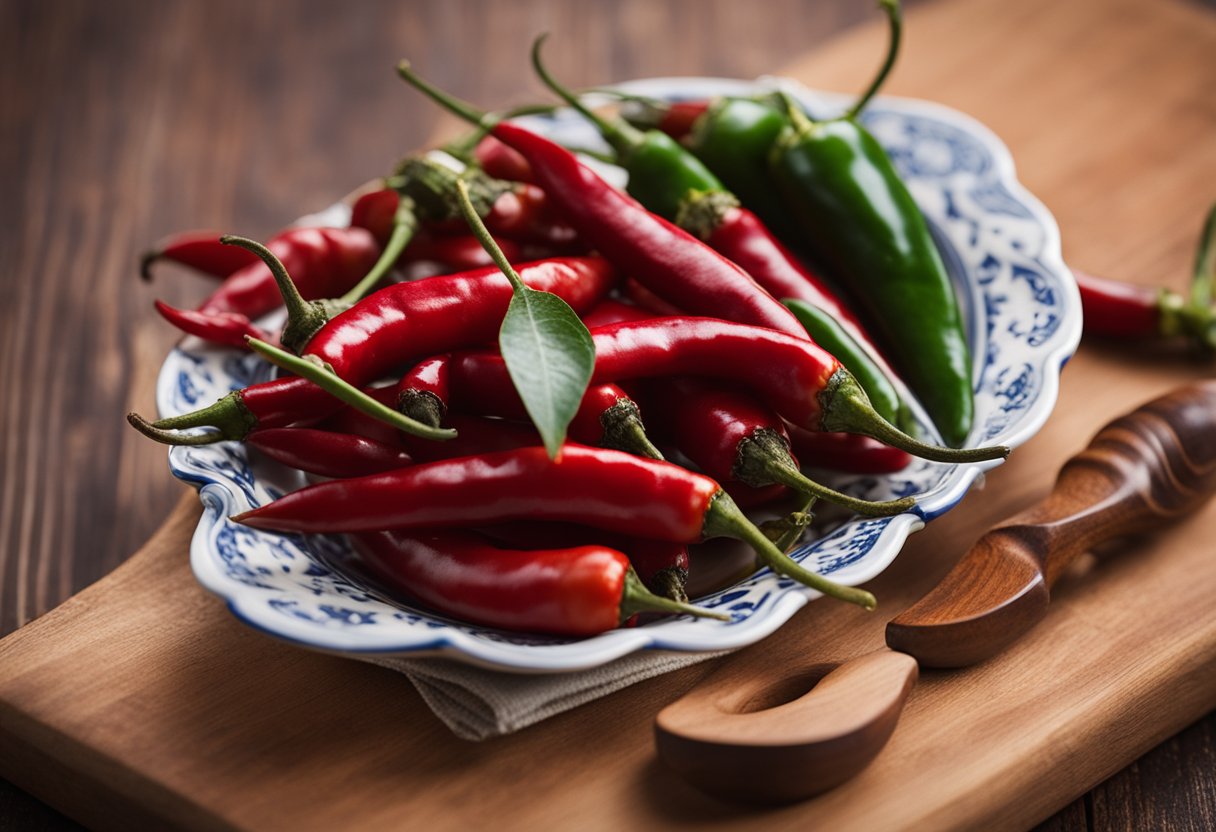
When substituting Thai chilies, there are a few additional considerations to keep in mind to ensure that the resulting dish is as close to the original recipe as possible.
One important factor to consider is the heat level of the substitute. Thai chilies are known for their heat, so it’s important to choose a substitute that is similarly spicy.
Some good options include African bird’s eye chilies, habaneros, and serrano peppers.
However, it’s important to keep in mind that these substitutes may have slightly different flavors, so it’s best to choose one that complements the other flavors in the dish.
Another consideration is the form of the substitute. Thai chilies are often used fresh, but if you’re substituting with a dried pepper, you may need to adjust the amount to achieve the desired level of heat.
Similarly, if you’re using a hot sauce or chili paste as a substitute, you may need to adjust the amount to achieve the right level of spiciness.
When substituting Thai chilies, it’s also important to consider the other ingredients in the dish. Some substitutes may not pair well with certain flavors or may overpower the other ingredients.
For example, if you’re substituting with a hot sauce, you may want to choose one that has a similar flavor profile to Thai chilies, such as Sriracha or Tabasco.
If you’re having trouble finding a suitable substitute at your local grocery store, you may want to consider looking online.
There are many online retailers that sell a wide variety of chili peppers and hot sauces, including some that may be difficult to find in stores.
Finally, it’s worth noting that some people believe that spicy foods can boost metabolism. While there is some evidence to support this claim, the effect is generally small and may not be noticeable for most people.
So, while substituting Thai chilies with a spicy substitute may provide some metabolic benefits, it’s unlikely to have a significant impact on overall health.
Frequently Asked Questions
Where can I buy Thai chili peppers?
Thai chili peppers can be found in most Asian markets or specialty grocery stores. They can also be purchased online through various retailers such as Amazon or Etsy.
What is a good substitute for Thai chili sauce?
Chili garlic sauce is a great substitute for Thai chili sauce as it contains similar ingredients, such as red chilies and garlic. Sriracha sauce can also be used as a substitute.
Can I use jalapeno instead of Thai chili?
Jalapeno peppers can be used as a substitute for Thai chili, but they are not as spicy. If using jalapeno, it is recommended to add more to achieve the desired level of heat.
What is the difference between Thai chili and cayenne pepper?
Thai chili peppers are smaller and have a higher heat level than cayenne pepper. Cayenne pepper is also less fruity in flavor compared to Thai chili.
Are Thai chilis spicier than Serrano?
Yes, Thai chilis are spicier than Serrano peppers. Thai chilis have a Scoville rating of 50,000-100,000, while Serrano peppers have a rating of 10,000-23,000.
What is another name for Thai chili?
Thai chili peppers are also known as bird’s eye chilies due to their small size and pointed shape.



